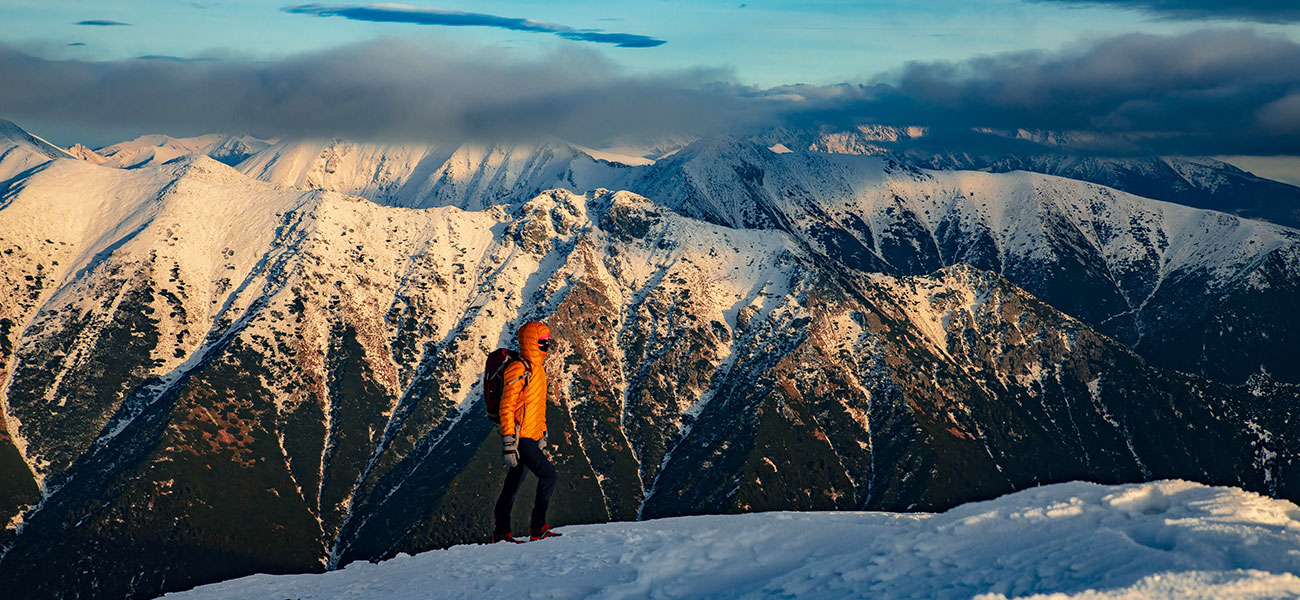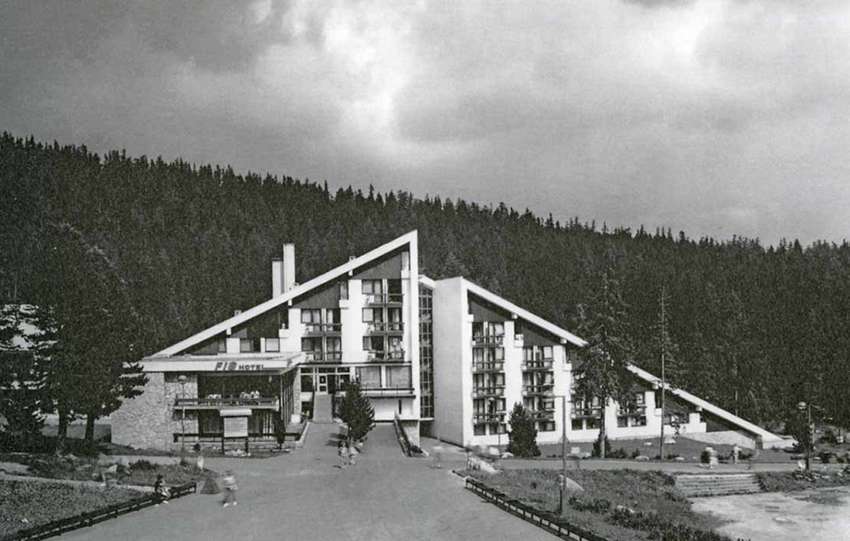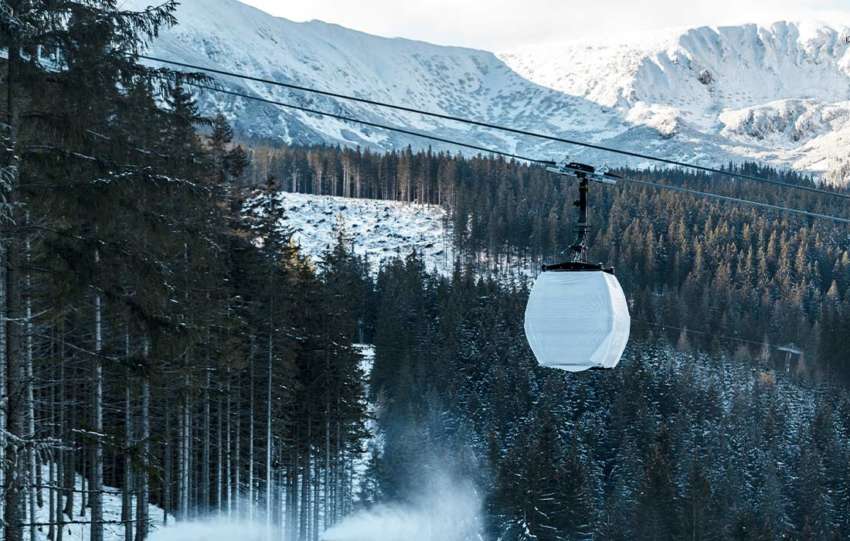Share This Article
It’s that time again! The trails in the Tatra Mountains have once more been temporarily closed. Of course, not all routes are sealed off. There are rules and guidelines to understand, which we’ll explain in this article.
Hiking trails, as has been the case every year, are closed on November 1 of the given year. Recently the policy was adjusted: the closing date remains unchanged, but the opening date has shifted. Henceforth the seasonal closure ends on May 31, instead of the previous June 15 — meaning we have two extra weeks of access, which is great news.
Seasonal closure in Tatra National Park (TANAP)
Most of the hiking trails in Žiarska dolina — both at higher and lower altitudes — are closed. Still open are routes leading to mountain huts (except the Chata pod Rysmi, which is closed in winter), and a few select trails (for example to Predné Solisko, to Slavkovská vyhliadka or to the Vodopád Skok).
The symbolic cemetery under Ostrva can be visited until December 15. On two trails the winter closure ends a month earlier: the Juráňova dolina in the Western Tatras and the symbolic cemetery under Ostrva reopen on May 1.
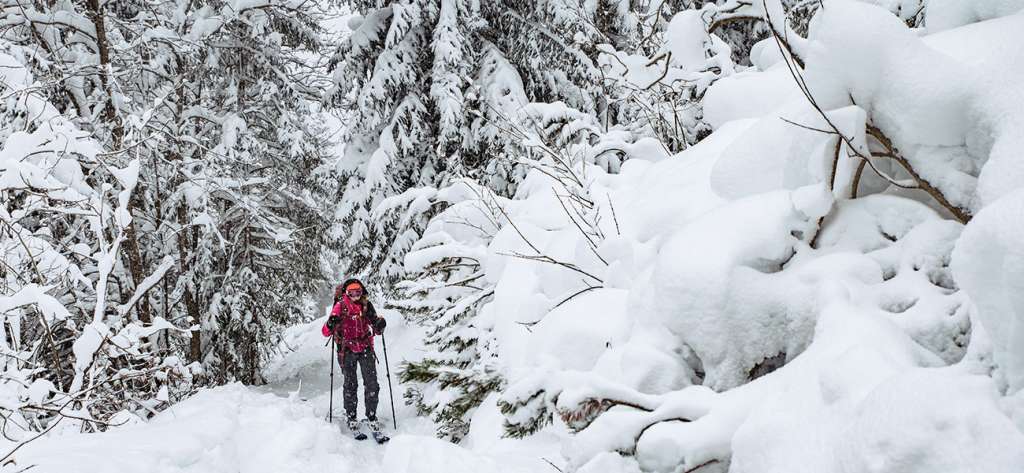
Spring closure in winter-tourism areas
With the revision of the winter closure, specific areas for winter tourism (i.e., ski-touring: a mix of hiking and skiing) were defined. You’ll find the exact corridors on the TANAP website. Some of these include: the winter-tourism area of the Studené dolina – Dolina Zeleného plesa – Skalnaté pleso, the winter-tourism area of Žiarska dolina, and the winter-tourism area of the Mengusovská dolina.
These winter-tourism areas can be used from December 15 to April 15. After April 15 any winter-activity is prohibited, even if weather and snow conditions appear favourable.
Seasonal closure in Low Tatras National Park (NAPANT)
In the Low Tatras, the winter-closure regime is not as extensive as in TANAP. The best-known trail that is closed is the route to Ďumbier via the red-marked tourist trail from the Chata gen. M. R. Štefánika. In winter you’ll follow pole-marked (tyčové) routes rather than the summer traverse, which is avalanche-risky.
Other closed trails include: the route Kotliská–Žiar, Poľana–Saddle Siná and Demänovské saddle–Saddle Javorie–Krupovské saddle (all following a yellow tourist marking). The closure period is from October 1 to June 30.
While other trails in the Low Tatras remain open in winter, you should avoid traverses below peaks in winter — avalanche risk is higher here. In winter you should stick strictly to pole-marked routes, which lead along safer paths. The ridge of the Low Tatras in winter should not be underestimated — wind, heavy snowfall and so-called “white-out” can cause disorientation and getting lost.
Where to go for a hike during the seasonal closure?
Let’s look at what hiking opportunities remain even during the seasonal closure. Some trails remain open, so you can still enjoy the beauty of the Tatras. In the Low Tatras only four trails are closed, so NAPANT offers rich hiking options even in the winter period. A popular and accessible one is the ridge section from Chopok to Ďumbier — you can shorten and simplify the route using cable cars, which can be purchased in advance and at better prices via Gopass.
Other beautiful hikes are around the Útulňa Andrejcová with Veľká Vápenica, or the iconic Kráľova hoľa. On the western side of Chopok the Low Tatras also shine: near the Útulňa Ďurková, Chabenec or Latiborská hoľa you’ll find stunning panoramas and significantly fewer crowds.
In TANAP during winter you can hike to mountain huts such as Popradské pleso, Rainerova útulňa, Zamkovského chata, Zbojnícka chata, Téryho chata, Chata pri Zelenom Plese, Chata Plesnivec and the mountain hotel Sliezsky dom. For several of these you can use the cable car from Hrebienok (bookable in advance via Gopass) as a convenient starting point.
From the peaks you can head to Predné Solisko and in the Western Tatras to peaks such as Babky, Baranec, Smrek and Plačlivé. These are physically challenging hikes at high altitude, especially under winter conditions. Always check the weather and avalanche forecast.
Why are trails closed?
You may wonder why the hiking trails are closed at all. One key reason is nature conservation — protection of flora, fauna and their ecosystems in the most sensitive times. After the high-traffic summer season, nature needs rest. The wildlife needs that rest too.
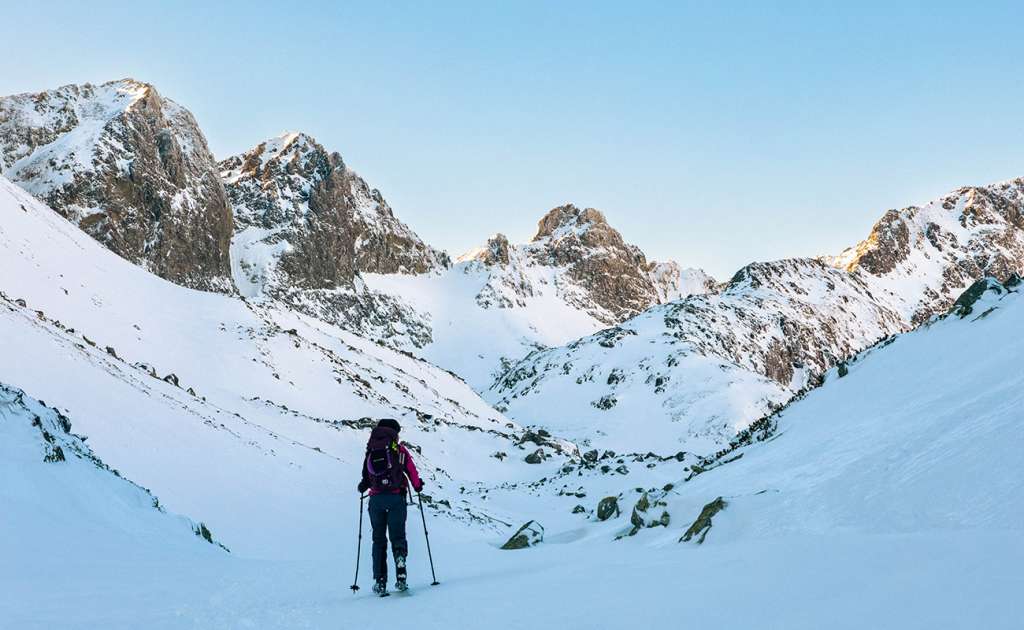
For example, many animals hibernate or prepare for winter (like bears and marmots). Others enter the mating (rut) period — like the chamois, which can suffer fatal falls if disturbed on steep winter walls.
Don’t forget predators like the wolf or lynx — their winter hunting conditions are already difficult. Any disturbance during this time can have serious consequences, especially since both species are vulnerable and require heightened protection.
Sensitive season for nature
Spring is particularly sensitive. After rut and during gestation many species produce offspring in spring. That’s why the transitional period between April 15 and June 1 is meaningful: no ski-touring, and the trails are not yet officially opened.
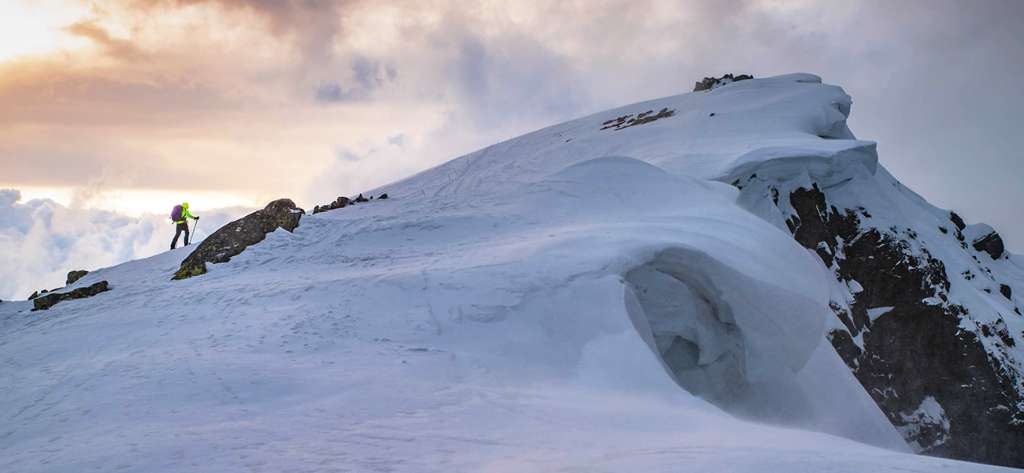
If ski-tourers tried to keep going after April 15 when snow disappears, they’d push higher and higher, disturbing marmots which are giving birth. Hence the ban, even though the weather may appear favourable.
Protection — for nature and for hikers
Protection of nature and precious ecosystems isn’t the only reason for seasonal closures. The winter mountains are beautiful—perhaps the most beautiful of the year—but they are also significantly more dangerous. What makes them stunning (snow, ice) also makes them hazardous. Avalanche risk rises, terrain becomes icy, and conditions can change daily (which in recent years has become the norm).
Even on trails that remain open, one cannot assume “100 % safe from avalanche”. Many of these paths still cross avalanche tracks. Therefore always check the avalanche bulletin before winter hikes, not just for ski-touring. Essential winter equipment should include at least: a shovel, probe, beacon, probably crampons or microspikes, poles, maybe an ice-axe depending on conditions.
Don’t underestimate the winter ridge of the Low Tatras—the wind + snow may create a “white-out” which can disorient you and lead to getting lost.
This article was created in cooperation with MTHIKER.sk.
This translation was prepared for you by the Gopass AI Translator.
